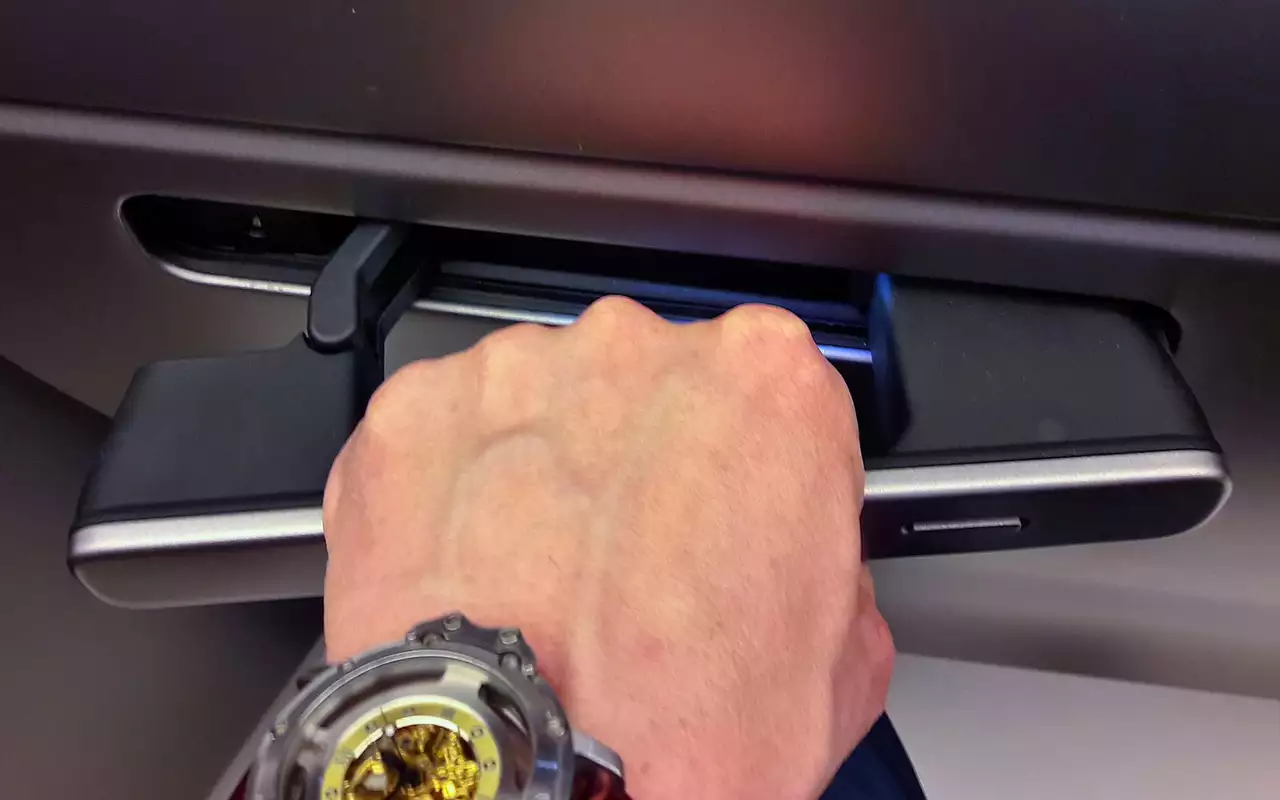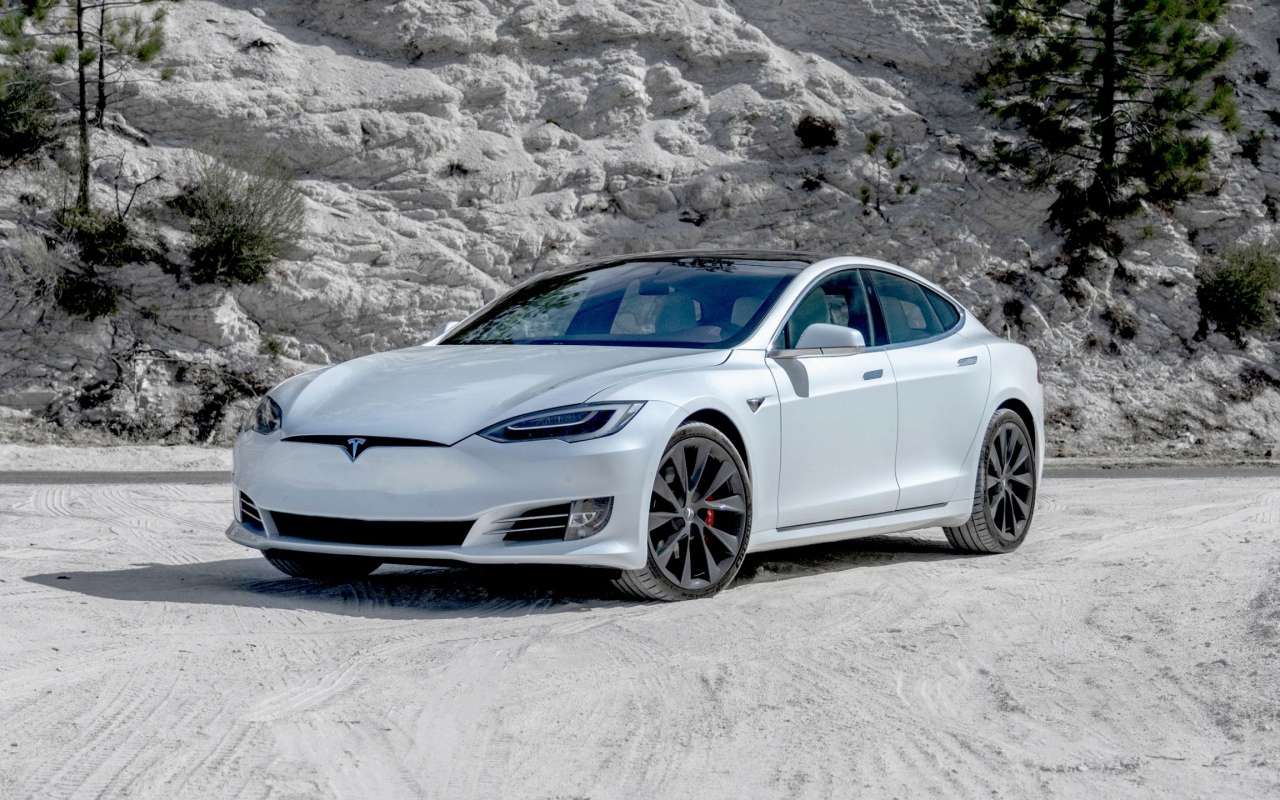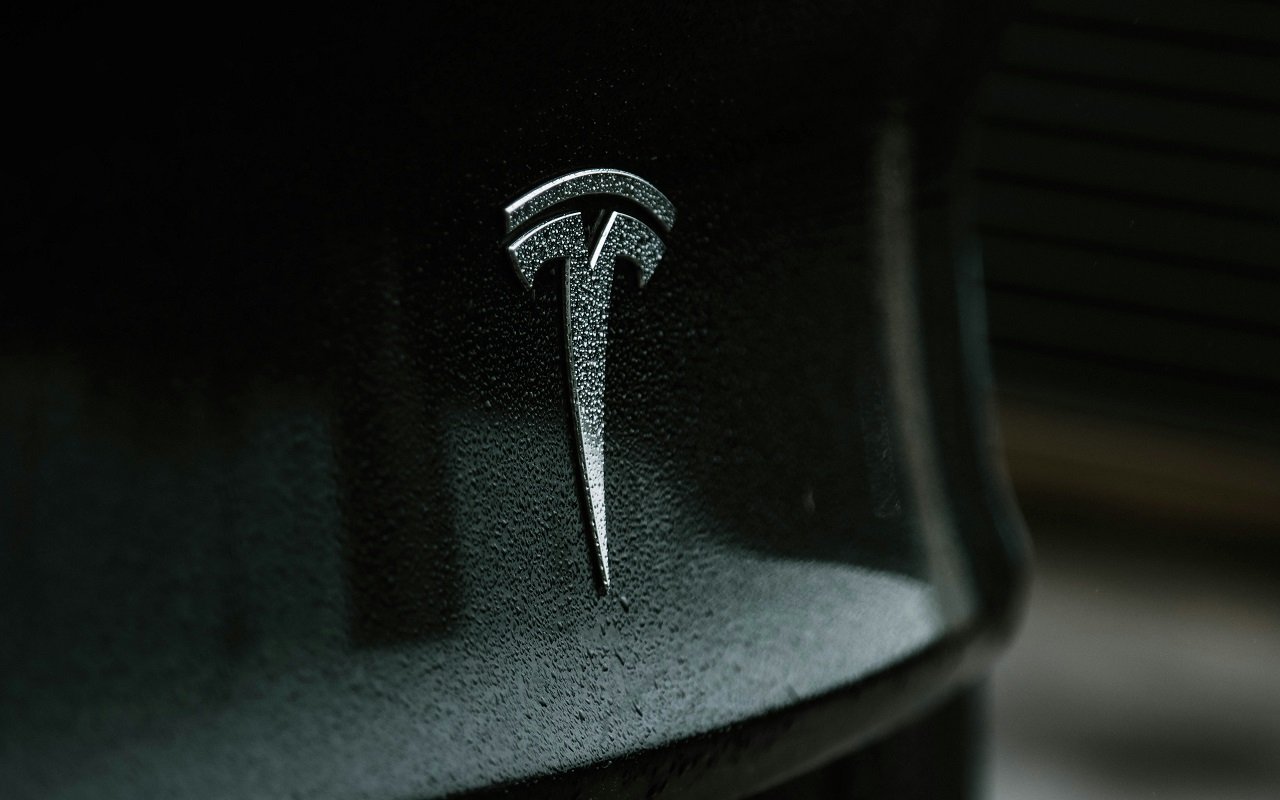Elegant, understated and aerodynamic, but not very safe. The days of retractable door handles, popularised by Tesla and installed by other manufacturers on their top models, may be numbered due to the risks they pose in emergency situations.
These handles, integrated into the bodywork and extending automatically or when pressed, have long been considered a symbol of sophistication and modernity, but their dependence on electrical systems makes them dangerous in the event of a power failure or accident. This has been reported by regulatory authorities and automobile clubs around the world, warning of the problems these handles can cause in emergency situations.

In China, the Ministry of Industry and Information Technology is working on a draft of new regulations that will require these handles to be equipped with an emergency mechanism for opening doors from the outside after an accident. In Germany, ADAC, the equivalent of RACE in the UK, warns that electric handles can hinder the work of rescuers in the event of a power failure or deformation of the car body after an accident. It is therefore recommended that all passengers in the car always have access to a manual mode.
The handles depend on electrical systems and may be blocked in the event of a power failure or door deformation.
These problems are not just hypothetical. In China and the US, there have been cases where passengers have been trapped because the handles did not open after an accident. In 2019, the Washington Post reported that a Tesla Model S driver died after a fire caused by a collision with a palm tree. According to the family’s lawyers, it was the inaccessibility of the handles that contributed to the car becoming a deadly ramp.
According to the Chinese institute C-IASI, only 67% of retractable door handles work properly after side impacts, compared to 98% of traditional mechanical door handles. Meanwhile, Euro NCAP has announced that from 2026 it will no longer award five stars to models that integrate vital functions exclusively through touch interfaces, emphasising the importance of physical controls and mechanical emergency systems in doors.

During crash tests, the European regulator also evaluates door handles, and one of the tests involves checking whether they unlock automatically.
Although manufacturers claim that the introduction of these systems improves aerodynamics, the Society of Automotive Engineers (SAE) has shown that their contribution to aerodynamics is negligible and that they also increase the weight and cost of the vehicle. They reduce the drag coefficient by only 0.005–0.01 points, which is equivalent to a saving of only 0.6 kWh per 100 kilometres, equivalent to a few cents per trip.

In addition, these levers add 7–8 kg to the weight of the car due to the motors, servo mechanisms and electrical components required to extend them. Furthermore, the cost of this accessory is three times that of a conventional lever, so apart from its aesthetic and aerodynamic advantages, it represents an additional expense and weight that brings virtually no benefit to the car.





